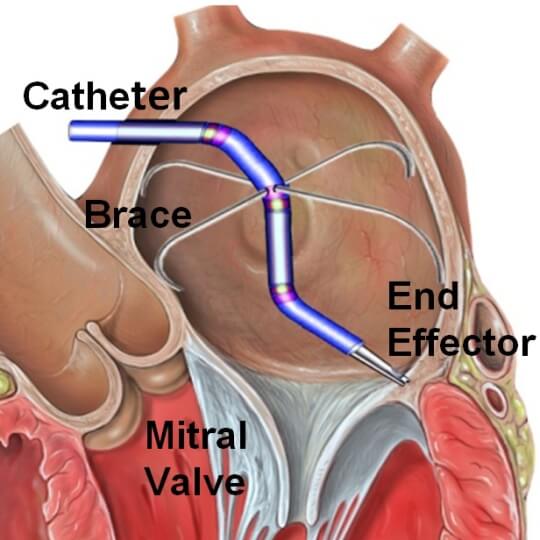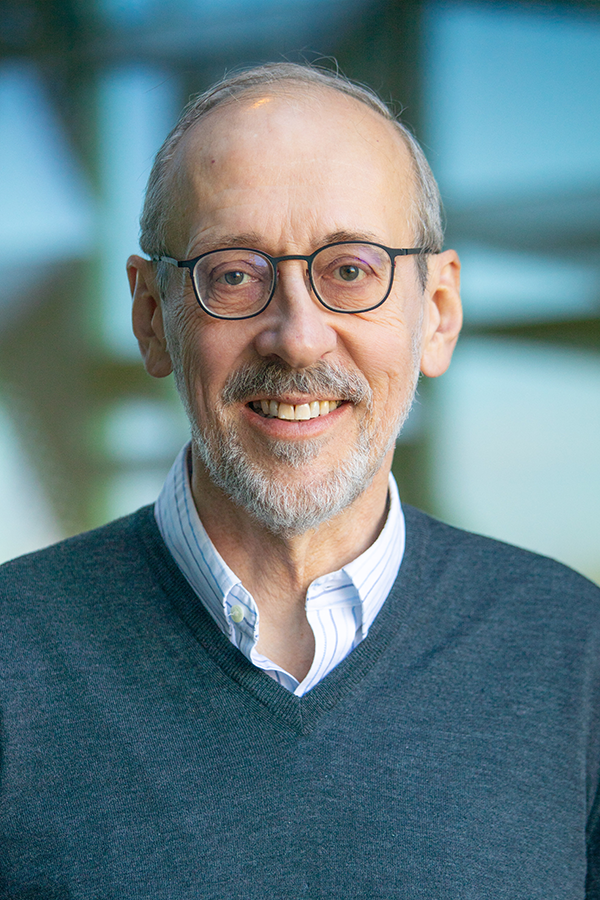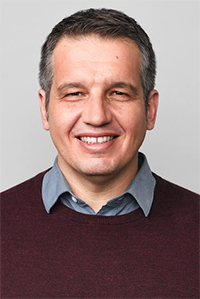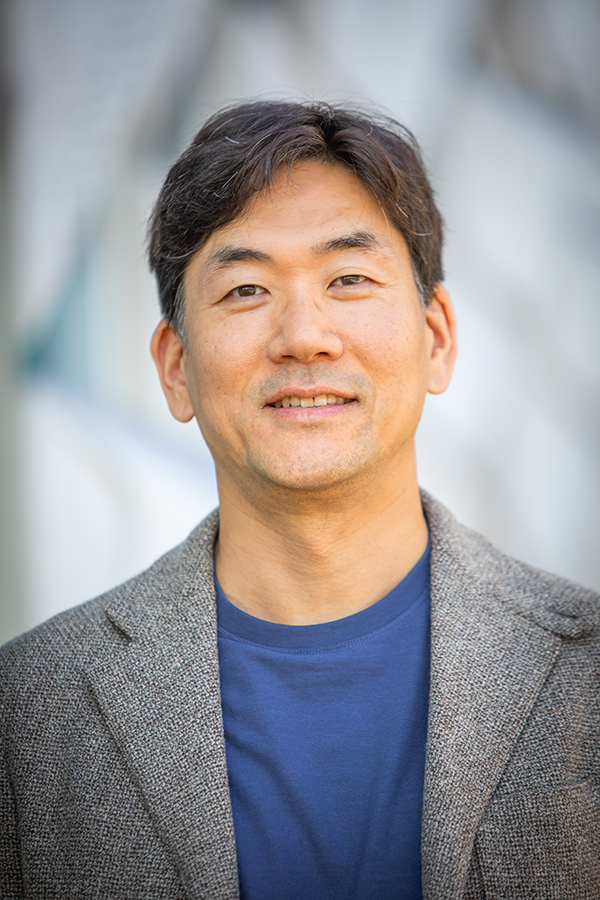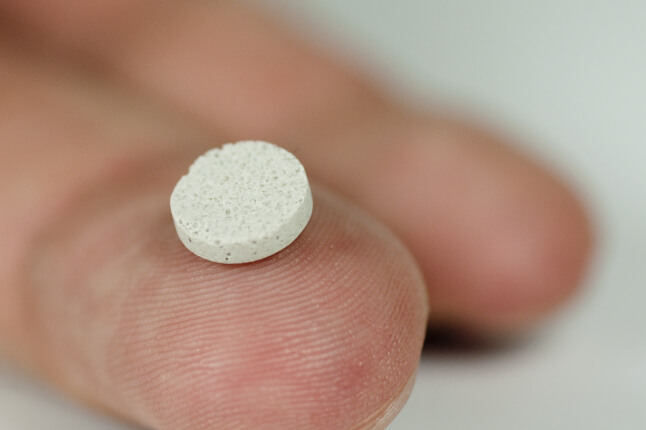News
The Cathbot was one of three SEAS technologies selected for presentation at the 2011 University Research and Entrepreneurship Symposium. Image courtesy of Sam Kesner.
Cambridge, Mass. - March 7, 2011 - Three technology proposals from the Harvard School of Engineering and Applied Sciences (SEAS) have been selected for presentation at the University Research and Entrepreneurship Symposium (URES).
Graduate students Sam Kesner, Qimin Quan, and Wonyoung Kim will have the opportunity to present their innovative research to an audience of venture capitalists and entrepreneurs on March 31, with the hope of attracting investors and commercializing their work.
URES, an invitation-only conference, evaluates technology proposals from researchers at universities across the United States and selects a few for presentation through a highly competitive application process. The event is designed to expose New England entrepreneurs to the very best emerging technologies in the nation.
"It’s very exciting that three leading technologies from SEAS have been selected to present at such a high-profile event," says Isaac T. Kohlberg, Harvard's Senior Associate Provost and Chief Technology Development Officer.
Kesner's Motion-Compensated Catheter System is a robotic cardiac catheter that compensates for the motion of a beating heart, allowing doctors to perform delicate open-heart surgery with only a small incision.
Comprising an actuated catheter, a 3D ultrasound imaging system, and a visual servoing system that directs the motion of the catheter, the "Cathbot" system can make sophisticated heart repairs without the need for a heart-lung bypass machine or heavy sedation. As a result, the surgery is safer and less invasive.
Kesner developed the "Cathbot" over three years in the SEAS BioRobotics Laboratory led by Robert D. Howe (Abbott and James Lawrence Professor of Engineering), in collaboration with Pedro del Nido (Chief of Cardiac Surgery at Children’s Hospital Boston), Nikolay V. Vasilyev (Principal Investigator in Cardiac Surgery at Children's Hospital Boston), postdoctoral researcher Douglas Perrin, and Shelten Yuen, a former postdoctoral fellow.
Quan's technology is an ultra-sensitive biosensor for use in genomics, proteomics, and cancer and virus detection. Like most sensors used in these fields, it detects the presence of biomarkers, chemical indicators that help with location and identification of certain types of cells, proteins, or other structures.
Quan's sensor, however, takes a completely new, nonlinear optical approach, detecting biomarkers without the need for fluorescent labels—which are not always practical—so it has broader applications than conventional sensors. Under ideal conditions, it is precise and sensitive enough to detect just a few molecules, and it provides real-time results.
Built with low-cost components, the novel biosensor will have applications in drug development (using high-throughput screening) and medical diagnostics—for example, detecting antibodies to diagnose an allergy or infection. The sensing platform can also be combined with microfluidics or electronics to perform more complex functions.
Quan designed the biosensor in collaboration with his adviser, Marko Lončar (Associate Professor of Electrical Engineering), and Parag B. Deotare, another Ph.D. candidate in Lončar's lab.
Kim's multi-core voltage regulator (MCVR) is a device that improves the energy efficiency of computer processor chips through a method analogous to shutting off the lights when leaving a room. Built directly onto the chip, it recognizes portions of the processor (such as the graphics core or the video core) that are not in use and reduces power to those sections.
Kim developed the MCVR with his Ph.D. advisers at SEAS, Gu-Yeon Wei (Gordon McKay Professor of Electrical Engineering) and David Brooks (Gordon McKay Professor of Computer Science), and presented it last month at the International Solid State Circuits Conference.
The MCVR could lead to mobile devices with more powerful processing capabilities, slimmer laptop computers, and more energy-efficient data centers.
The Office of Technology Development (OTD) works closely with faculty and researchers across the Harvard campus, fostering the entrepreneurial spirit and promoting technology translation and licensing.
In addition to the technologies selected from SEAS, three other Harvard inventions will be presented at URES. Those innovations address issues in immunology, cancer, and virology; the restoration of normal gut flora; and diagnostics for diabetes and its complications.
"Whenever appropriate, OTD encourages start-up formation around novel technologies coming from the University’s research labs, and we strive to be creative and flexible in crafting effective commercialization strategies in the new ventures arena," says Kohlberg.
"I wish these SEAS students well on their entrepreneurial journey and hope that the energy of scientific excellence and innovation will become infectious."
Topics: Robotics, Health / Medicine, Electrical Engineering, Bioengineering
Cutting-edge science delivered direct to your inbox.
Join the Harvard SEAS mailing list.
Scientist Profiles
Robert D. Howe
Abbott and James Lawrence Professor of Engineering
Marko Lončar
Tiantsai Lin Professor of Electrical Engineering
Gu-Yeon Wei
Robert and Suzanne Case Professor of Electrical Engineering and Computer Science
